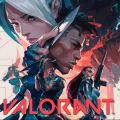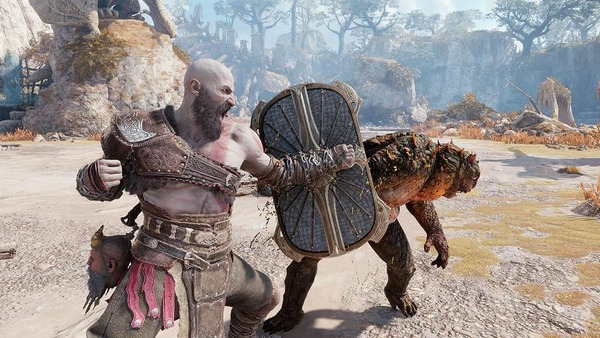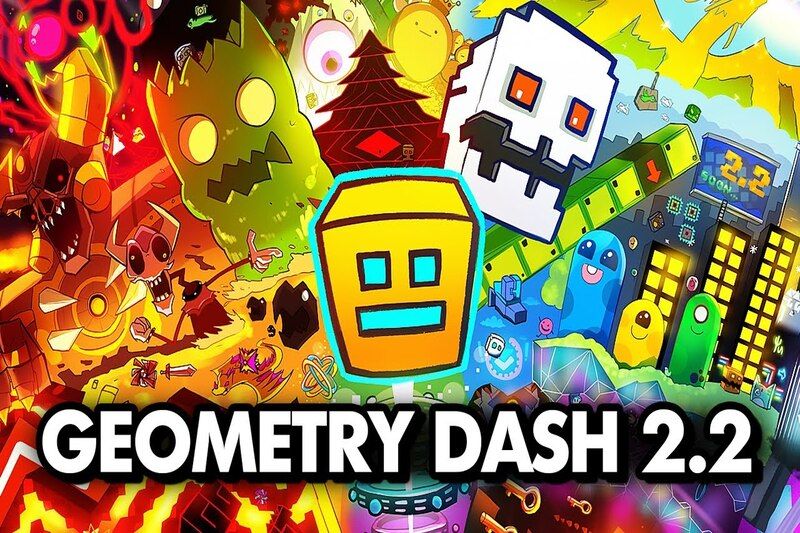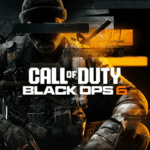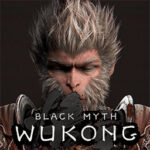Popular Now
Introduction
Since its release in 2020, Genshin Impact has become a global phenomenon, captivating millions with its vast open world, gacha mechanics, and ever-expanding cast of characters. As new regions, storylines, and characters are introduced, the game faces an increasing design challenge: maintaining character relevance without breaking the balance of gameplay. This article delves into the issue of power creep in Genshin Impact—how newer characters may overshadow older ones—and what it means for game balance, the player experience, and the long-term health of the game.
1. The Early Game Meta: The Foundation of Balance
At launch, Genshin Impact's roster was modest, featuring characters like Diluc, Keqing, and Venti. These characters formed the foundation of the early meta and were well-balanced against the limited content available. Combat was relatively straightforward, and most players built teams around:
-
Elemental Reactions (Vaporize, Melt, Swirl)
-
High burst damage
-
Stamina management
Characters like Venti and Mona stood out for their utility, while others like Amber or Lisa were seen as weaker but serviceable in exploration or as supports.
However, with fewer enemies and a simpler Spiral Abyss, balance was less of a concern. All characters were viable for casual play, and the game emphasized discovery over optimization.
2. Introduction of Inazuma: Power Level Takes a Leap
The release of Inazuma introduced new characters such as Ayaka, Raiden Shogun, and Yoimiya. These characters marked a distinct shift in design philosophy:
-
Higher base multipliers
-
More specialized kits
-
Scaling that synergized with newer artifact sets and weapons
Raiden Shogun, for example, revolutionized energy generation while also becoming a hyper carry. Ayaka, with Blizzard Strayer and freeze comps, quickly outpaced older Cryo DPS units like Chongyun or Kaeya.
This shift raised concerns within the community: were new characters inherently stronger to push banner sales?
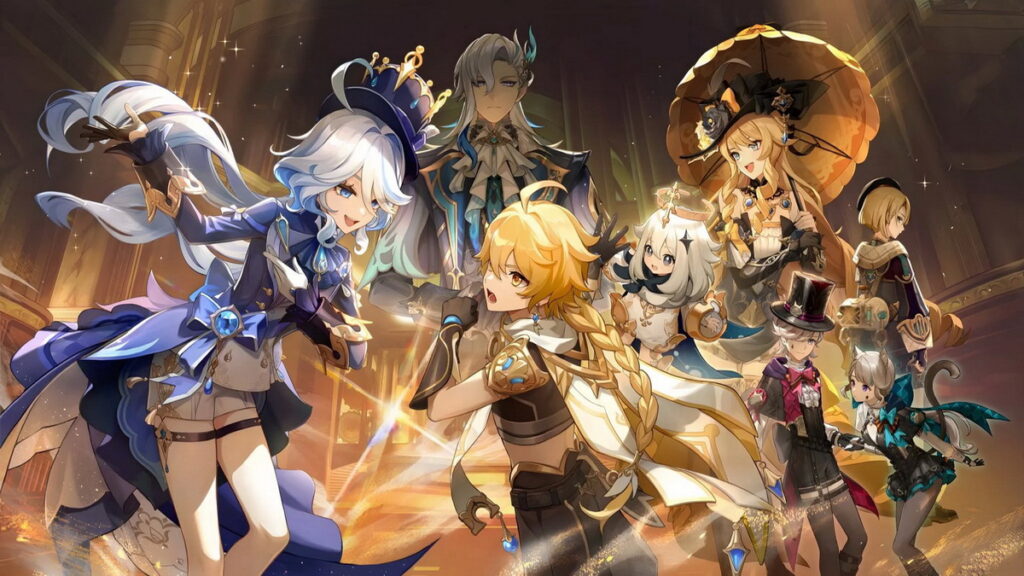
3. The Rise of the Archons: Design Bias and Power
A recurring pattern in Genshin Impact is the exceptional strength of Archons:
-
Venti: Crowd control dominance
-
Zhongli: Near-unbreakable shields
-
Raiden Shogun: Energy and burst synergy
-
Nahida: Unmatched Dendro reaction potential
Each Archon defines an era and becomes a “must-pull” for meta players. Their kits often combine unique mechanics with strong utility, making them relevant across all content types.
This raises two key questions:
-
Are Archons intentionally overpowered to drive revenue?
-
Does their presence create a ceiling that other characters can’t reasonably reach?
The answer seems to lean yes, leading to significant power discrepancies in the roster.
4. Dendro and Meta Disruption: Elemental Evolution
The introduction of the Dendro element reshaped the meta with new reactions:
-
Bloom
-
Hyperbloom
-
Quicken
-
Spread/Aggrevate
Characters like Alhaitham, Nahida, and Kaveh surged to relevance due to Dendro’s high reaction multipliers and synergy with Electro/Hydro. In contrast, older characters who lacked synergy with Dendro saw diminished value.
This led to a form of elemental power creep, where entire teams could now be built around Dendro mechanics, rendering Pyro-centric reactions like Vaporize or Melt less dominant in high-tier Spiral Abyss.
5. Older Characters Left Behind: The Impact of Kit Simplicity
Characters released in early versions (pre-2.0) often suffer from outdated or overly simplistic kits. Examples include:
-
Amber: Weak multipliers and clunky mechanics
-
Xinyan: Inconsistent scaling and shield application
-
Qiqi: Lacks synergy and utility despite healing
As newer characters have more dynamic, complex kits, older units feel mechanically outpaced. They are often left out of endgame content or heavily rely on constellations, which are expensive to obtain.
Players who invested in these characters feel alienated, particularly free-to-play users who cannot easily pivot to newer units.
6. Artifacts and Weapon Power Creep
Character strength isn’t the only factor—artifacts and weapons heavily influence power levels. Over time, newer artifacts have outclassed older sets:
-
Emblem of Severed Fate transformed energy-scaling characters
-
Gilded Dreams and Deepwood Memories enhanced Dendro scaling
-
Marechaussee Hunter boosted HP-scaling damage dealers
Meanwhile, early sets like Gladiator’s Finale or Thundering Fury, though still usable, often fall short for top-tier team comps.
Similarly, 5-star weapons with signature synergies push damage ceilings higher. The weapon banners increasingly feature powerful, character-specific gear that marginalizes standard options like the Skyward Blade or Wolf’s Gravestone.
7. Spiral Abyss and Endgame Content: Shifting Meta Demands
The Spiral Abyss is Genshin Impact’s primary challenge content and serves as a benchmark for character performance. Over time, the Abyss has evolved to:
-
Favor AoE damage in some floors, single-target burst in others
-
Include elemental shields and specific enemy types (e.g., consecrated beasts)
-
Require rapid clears for full stars
These conditions disproportionately reward characters who:
-
Can deal massive damage in a short window
-
Have energy-independent bursts
-
Provide crowd control or group healing
Characters like Ayaka, Hu Tao, or Alhaitham shine here, while many 4-stars struggle to maintain relevance.
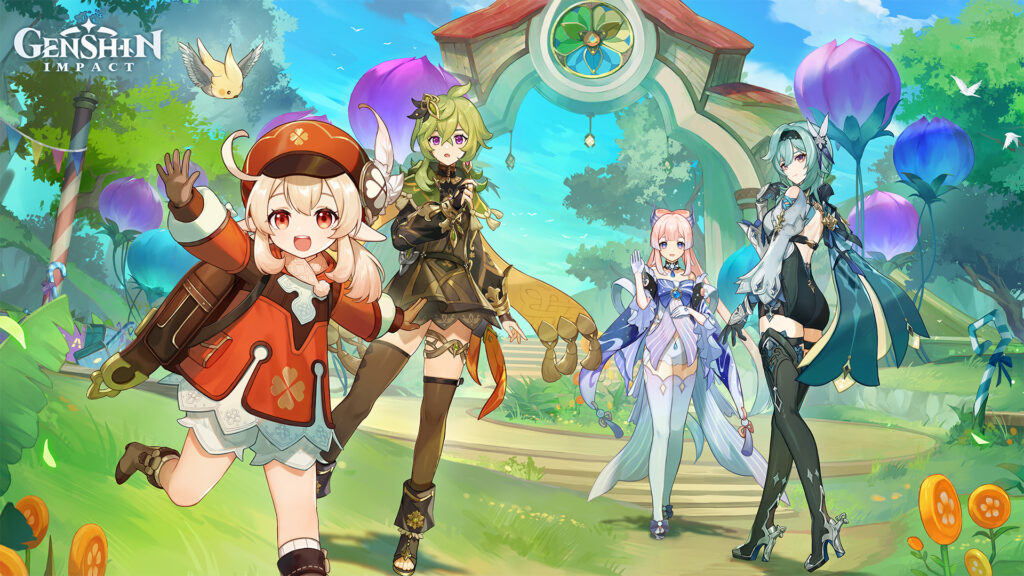
8. Attempted Balance with 4-Stars: Are They Still Viable?
HoYoverse has tried to keep 4-star characters relevant by:
-
Releasing strong supports (e.g., Xingqiu, Bennett, Yun Jin)
-
Giving constellations that drastically improve performance (e.g., Xiangling C4, Beidou C2)
-
Building events and free characters around them
Yet the reality is stark: without high constellations or the right teams, 4-stars cannot compete with well-optimized 5-stars in endgame.
Newer 4-stars, like Faruzan or Kirara, are often designed to support specific 5-stars—reducing their standalone value and reinforcing a support dependency meta.
9. Monetization and Banner Design: Incentivizing Power Creep
Power creep is not just a design flaw—it’s also a monetization strategy. Gacha systems thrive when players feel compelled to chase the latest, strongest characters.
Key monetization strategies include:
-
Synergy Bait: New characters that pair best with recent 5-stars
-
Signature Weapons: Banner-exclusive items that optimize specific characters
-
Limited-Time Banners: Creating FOMO by rotating strong characters rarely
These systems create pressure to pull, especially when a character is perceived as “must-have” for Abyss clears. This fuels the cycle of power escalation and player anxiety.
10. Potential Solutions and the Road Ahead
Power creep, if left unchecked, can damage player trust and fragment the community. HoYoverse has several options to address this:
Balance Buffs for Older Characters
-
Rework kits or multipliers (e.g., Amber, Qiqi)
-
Add passive bonuses via new artifacts or events
Universal Buff Systems
-
Like Honkai Impact’s Elysian Realm, introduce limited-time buffs that make older characters viable
New Content Types
-
Introduce co-op raids or tower-style challenges where niche characters shine
-
Use enemy mechanics that require varied team building, not just raw power
Better Artifact Farming
-
Reduce RNG or allow crafting to close the gap between older and newer sets
Ultimately, maintaining balance in a growing game like Genshin Impact is about design integrity—ensuring that power creep doesn’t undermine player investment or enjoyment.
Conclusion
Genshin Impact is a remarkable game that continues to expand in ambition, scope, and popularity. But as the cast grows and the meta evolves, power creep becomes an increasingly pressing issue. The gap between old and new characters affects gameplay balance, player sentiment, and spending behavior.
By understanding the design choices and economic incentives behind power creep, players can better navigate the game—and developers can take meaningful steps to ensure longevity and fairness. Genshin Impact still has time to course-correct. Whether through kit rebalancing, smarter content design, or new systemic support, the fate of its meta is still in HoYoverse’s hands.
